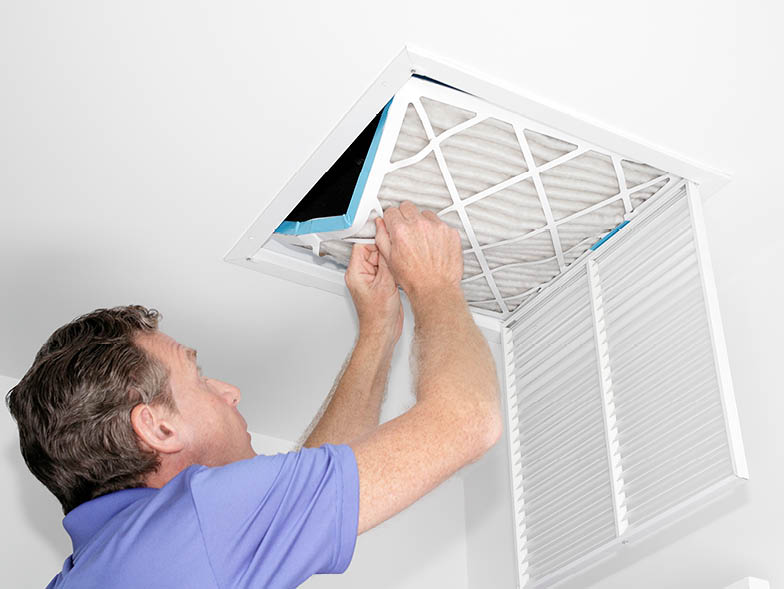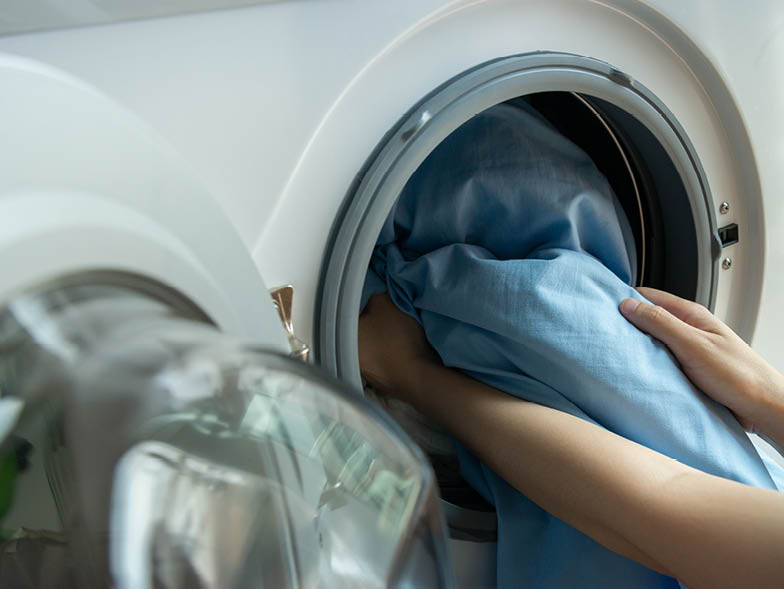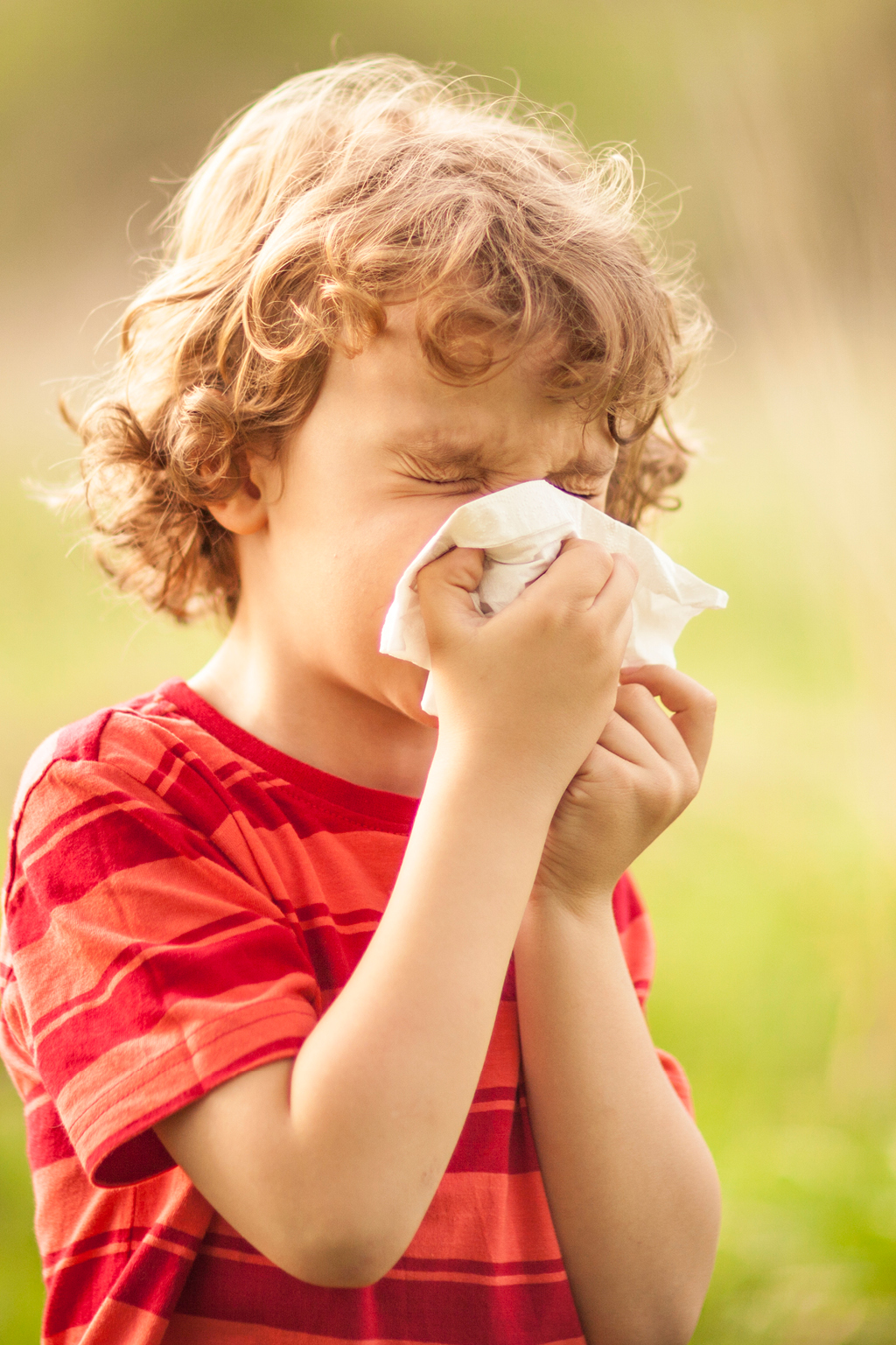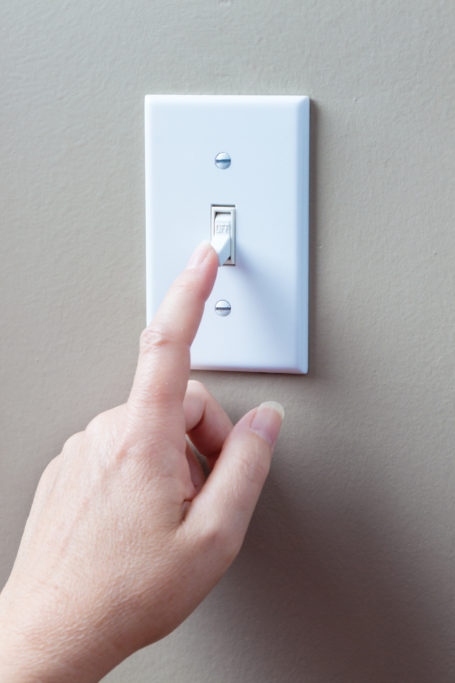Sneaky (and Sometimes Sinister) Sources of Sickness in Your Home
Did you know that the tiny dust mite is one of the leading causes of allergic reactions and even asthma? Or that you invite pollen “hitchhikers” inside every day, and that there is no such thing as a hypoallergenic pet?
More than 50 million people in the US experience allergies each year, representing the sixth leading cause of chronic illness. Allergens are everywhere and may be where you least expect.

Pollen pollution
Once spring arrives, your neighborhood trees and flowers explode in vivid colors. Bees and butterflies blissfully flit from bloom to bloom. Nature is happy, but are you? Not with congestion, sneezing, and red, itchy eyes! When was the last time you remember breathing normally?
You know you’re in trouble when you see the fluffy pollen balls adrift in the wind, or the thick yellow coat of dust on your car. If it feels like allergy season is longer than ever, you might be right. According to Dr. Haroon Khalid, a nationally renowned immunology expert, “Trends show winters are shorter and less intense. Summers are longer, meaning increased pollination and exposure.” Dr. Khalid explains prescription and over-the-counter medications do not treat the source of the allergy, but merely reduce the symptoms. Patients see dramatic results with immunotherapy (shot treatments). “Immunotherapy does not just neutralize the immediate problem, but studies show it prevents desensitization against other allergens,” he says.
Tips to minimize pollen pollution in your home
Pollen hitches a ride on your clothes, shoes and even hair, so take your shoes off at the door. Experts advise changing your clothes, showering, and washing your hair after spending time outdoors.
You should also change your HEPA filters regularly. Recommendations range from monthly to at least every ninety days. According to the EPA, higher Merv-rated filters can remove more pollutants from the environment. Filters like these can help combat many sources of sickness inside your home. But be advised, because the A+ filter works hard to extract impurities, it can also tax the airflow. This may result in shortening the life of your system and increase electricity costs.
It is recommended that you clean out your duct system every five to six years. REME Halo is an interesting innovation in anti-airborne pollutants that can help reduce allergens throughout your whole home. It is reported to combat most indoor allergies, but ask an expert at your home improvement store or consult a trusted contractor for more details.

Allergies from Pets
The Humane Society confirms there is no magical hypoallergenic pet. It is true that allergy sufferers may react less to a specific breed, but it’s not necessarily the fur that causes a reaction. Dander and saliva are often the culprits, and even hairless breeds, such as the Mexican hairless dog, have that.
Tips to reduce pet allergy reactions:
- If a member of your family has a pet allergy, limit their contact
- Wash your hands after petting
- Keep your bedroom a no-pet zone
- Vacuum and mop frequently
- Follow filter protocols
- Try Allerpets, a dander-reducing product

What lurks in your home that’s too tiny to see?
When magnified, a dust mite might be mistaken for a monster. It’s hard to believe that such a tiny bug—about one-third of a millimeter in size—could cause serious sickness. Mites thrive on humidity and love to make their homes in your sheets, carpets, furniture, and even stuffed animals. Common dust mite allergy symptoms include:
- Sneezing/stuffy nose
- Itchy, red eyes and itchy skin
- Cough
- Asthma
Use these tips to prevent mites from causing allergy problems in your home:
- Wash your bedding in hot water weekly
- Invest in special mite protective mattress covers, pillows, and sheets
- Carpeting is the perfect host, so if someone in your family has a mite allergy, it may be time to switch flooring
- Declutter your bedroom
- Clean fabric window treatments and furniture
- Wash stuffed toys or keep them in an airtight container
- Follow AC filter protocols
- Seek immunotherapy for severe reactions
While it’s clear that allergens are unavoidable, they are treatable and manageable. There’s nothing worse than feeling sick all the time, especially in your own home. Take these steps to breathe easier!


















